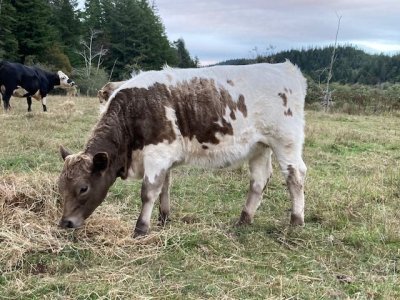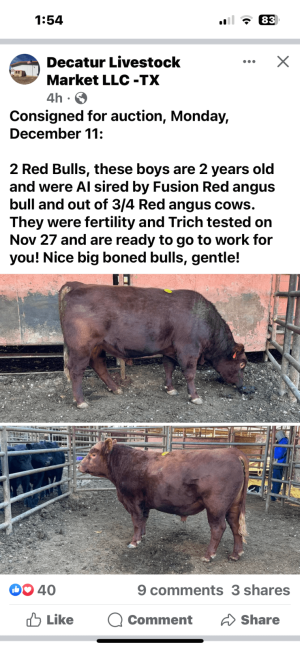puzzled in oregon
Well-known member
- Joined
- May 31, 2020
- Messages
- 850
- Reaction score
- 1,142
I realize they were bred up from Angus x Shorthorn, but was disappointed to see the Murray Grey are going this route.
Percentage Recording
The AMGA still has an "open herdbook". That is, members can record cattle that only have one
Murray Grey parent. These "percentage" cattle can be up bred to "purebred" status - greater than
7/8 Murray Grey blood for females and greater than 15/16 Murray Grey blood for bulls.
Cattle bred up from registered Angus base will be accepted in the "International Evaluation
Purebred" category, making them eligible for export to Australia, New Zealand and Great
Britain. Cattle originating from other than registered Angus base are considered "North
American Purebreds" and can be exported into the Canadian registry.
Percentage Recording
The AMGA still has an "open herdbook". That is, members can record cattle that only have one
Murray Grey parent. These "percentage" cattle can be up bred to "purebred" status - greater than
7/8 Murray Grey blood for females and greater than 15/16 Murray Grey blood for bulls.
Cattle bred up from registered Angus base will be accepted in the "International Evaluation
Purebred" category, making them eligible for export to Australia, New Zealand and Great
Britain. Cattle originating from other than registered Angus base are considered "North
American Purebreds" and can be exported into the Canadian registry.


